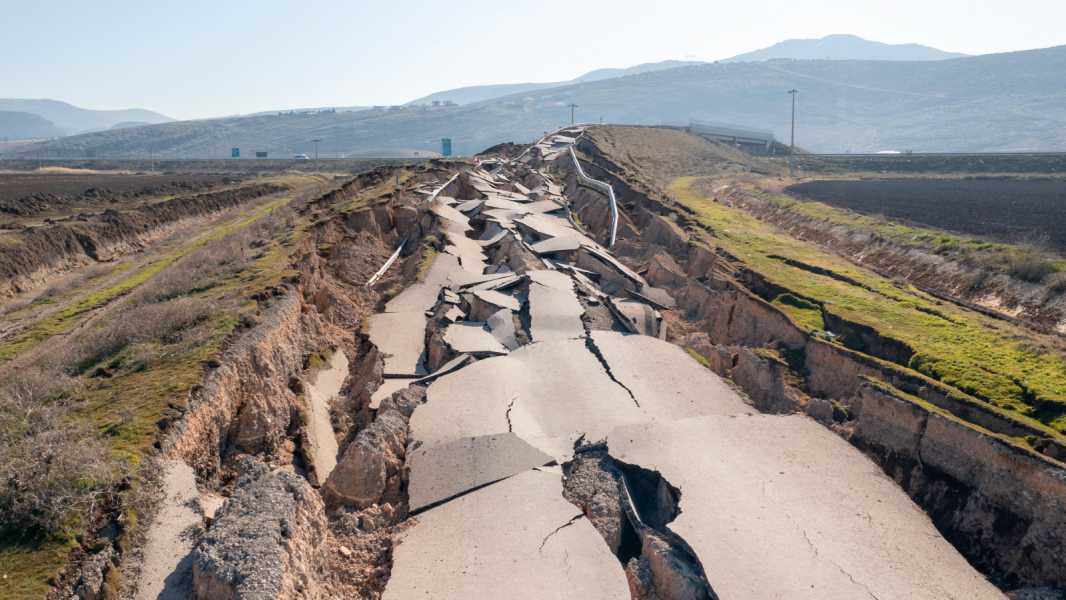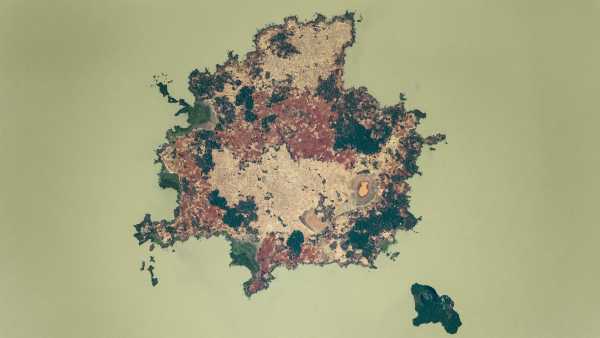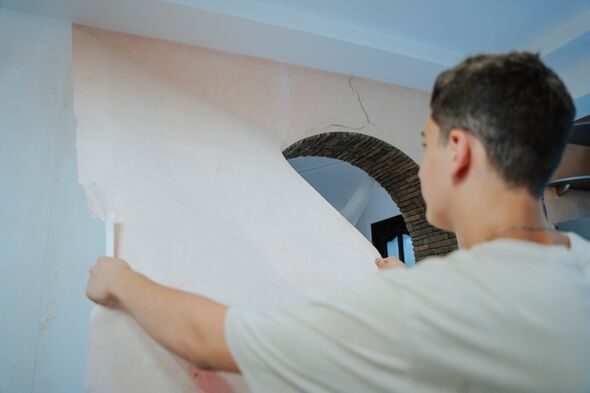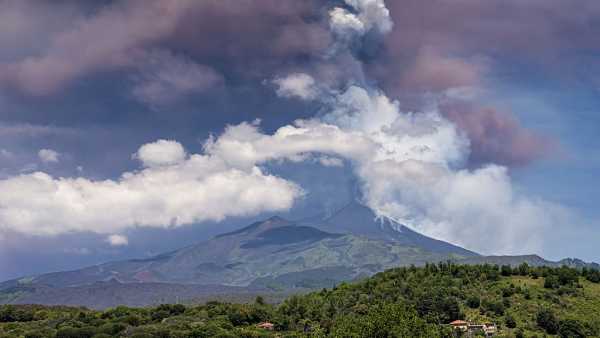
Damage to a road in Turkey caused by an earthquake. The new concept suggests that a period of “seismic” movement precedes the fault rupture that causes an earthquake. (Photo: yasharu/Getty Images)
A slow, gradual process of movement without sudden jolts may serve as a necessary precursor to earthquakes, according to a new study.
The study, which focused on the mechanisms of material failure, examined cracks that form in plastic sheets in the lab. But the experiments revealed some basic physical principles about how cracks behave, including how increasing friction at the interface between two materials leads to sudden rupture. These findings could be applied to real-world earthquakes, said study author Jay Feinberg, a physicist at the Hebrew University of Jerusalem.
“The material of the plates in contact doesn't matter,” Feinberg told Live Science. “The same physical process will happen in both cases — the energy release of the curved plates will be the same.”
Earthquakes occur when two tectonic plates moving toward each other get stuck, allowing stress to build up across the fault. “The plates are increasingly stressed by the forces trying to move them, but they get stuck at a brittle region of the interface that separates them,” Feinberg explained. This brittle region, which resists deformation under stress, has a finite thickness, and it’s what breaks during an earthquake.
“The process of failure does not happen instantly. It requires a crack to form first,” Feinberg said. When that crack reaches the edges of the brittle interface, it rapidly accelerates to speeds close to the speed of sound. This is what causes the ground to shake.
“The question is, how does nature create a crack that then becomes an earthquake?” Feinberg asked.
Feinberg and his team explored this question using both theoretical mathematics and lab experiments. They reproduced seismic-like cracks in the lab using blocks of a thermoplastic known as polymethyl methacrylate, or Plexiglas. The researchers clamped the Plexiglas sheets together and applied shear forces similar to those seen on strike-slip faults like California’s San Andreas Fault. Although the materials are different, the mechanics of the cracks are the same.
Once a crack starts, it behaves like a one-dimensional line tearing through the material. However, Feinberg and his team had previously shown that before a crack starts, the material goes through a stage called a nucleation front. These nucleation fronts — crack seeds of sorts — move through the material, but at a much slower rate than normal cracks. It remained unclear how this seed could quickly turn into a fast-moving fracture.
Feinberg and his colleagues were puzzled by how this could happen. A combination of lab experiments and theoretical calculations led them to realize that a mathematical update was needed: nucleation fronts should be modeled in two dimensions, not one.
Instead of thinking of the crack as a line dividing the broken and unbroken material, Feinberg proposed to think of the crack as a patch, starting at the plane where the two Plexiglas “plates” meet. The energy required to fracture the new material at the boundary of this patch is related to its perimeter: as the perimeter increases, so does the energy required to crack the new material.
This means that the patch moves slowly and does not cause a rapid fracture that could generate seismic waves and the subsequent oscillatory motion associated with an earthquake. While the rapid acceleration of a standard crack releases kinetic energy into the surrounding material, the slow motion of the initial patch
Sourse: www.livescience.com





